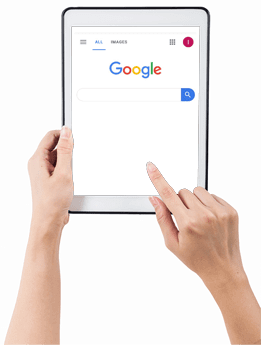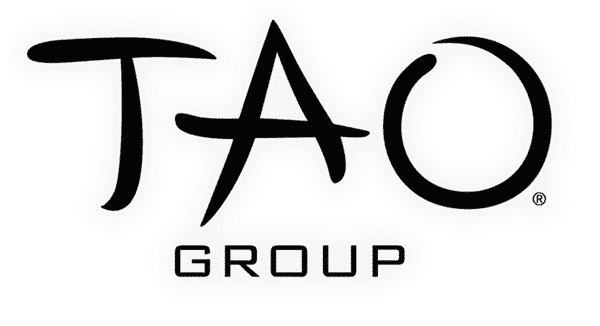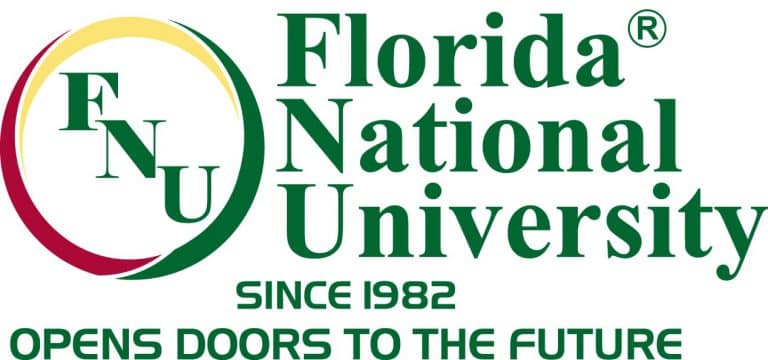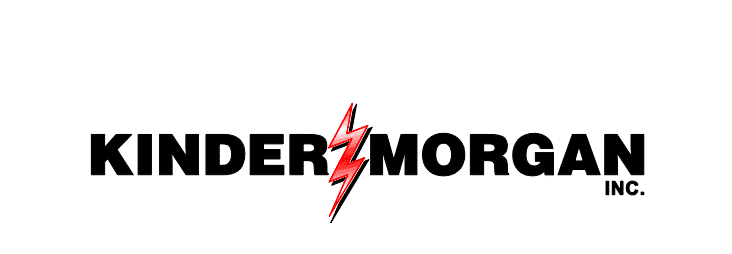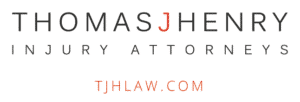In the world of digital marketing, the call-to-action (CTA) button holds significant importance. Whether it’s guiding visitors through a website or prompting action in a pay-per-click (PPC) ad, the CTA button serves as the gateway to conversions. However, the effectiveness of a CTA button goes beyond its design and placement – it delves into the realm of psychology. In this comprehensive guide, we’ll explore the psychology behind effective CTA buttons, drawing insights from both PPC campaigns and website development practices.

Understanding the Role of CTA Buttons
Before delving into the psychology behind CTA buttons, it’s crucial to understand their role in digital marketing. A well-crafted CTA button serves as a catalyst for action, prompting users to take the desired step, whether it’s making a purchase, signing up for a newsletter, or requesting more information. From PPC ads to landing pages and email marketing campaigns, CTAs play a pivotal role in driving conversions and achieving marketing objectives.
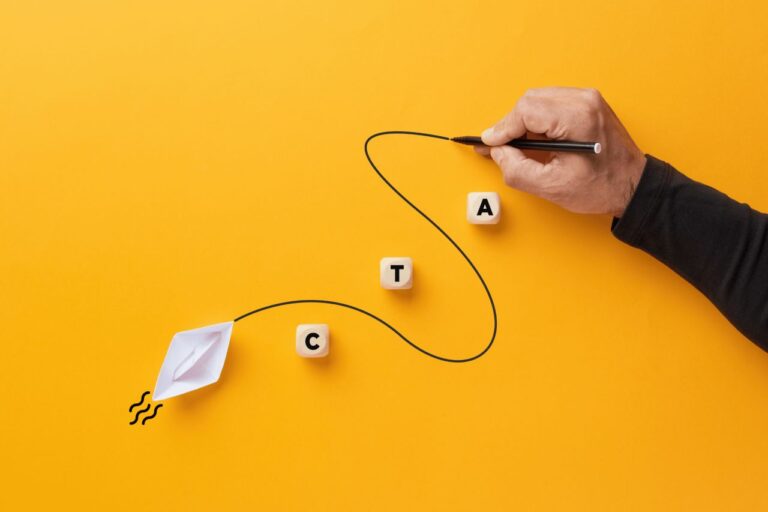
The Power of Persuasion
At its core, the effectiveness of a CTA button hinges on its ability to persuade users to take action. This persuasion relies on psychological principles that influence human behavior and decision-making. One such principle is the concept of reciprocity, wherein people feel compelled to reciprocate when they receive something of value. By framing the CTA as an opportunity to receive value, whether it’s a free trial, exclusive offer, or useful resource, marketers can leverage the principle of reciprocity to encourage clicks and conversions.

The Influence of Color and Design
The visual elements of a CTA button, such as color, size, shape, and placement, also play a crucial role in its effectiveness. Color psychology suggests that different colors evoke distinct emotions and associations, which can impact how users perceive and respond to a CTA button. For example, red is often associated with urgency and action, making it an effective choice for CTAs that prompt immediate responses, such as “Buy Now” or “Limited Time Offer.”
Similarly, the design and placement of a CTA button can influence user behavior. A button that stands out prominently against the background and is placed strategically within the user’s line of sight is more likely to attract attention and prompt clicks. Additionally, incorporating visual cues, such as arrows or icons, can further guide users’ attention and reinforce the desired action.

Crafting Compelling Copy
In addition to visual elements, the language used in CTA buttons plays a crucial role in their effectiveness. The copy should be concise, action-oriented, and tailored to resonate with the target audience. By understanding the pain points, desires, and motivations of their audience, marketers can craft CTA copy that speaks directly to their needs and encourages action.
Furthermore, incorporating persuasive language techniques, such as scarcity, social proof, and fear of missing out (FOMO), can enhance the effectiveness of CTA buttons. For example, phrases like “Limited Time Offer” or “Join Thousands of Satisfied Customers” create a sense of urgency and social validation that compels users to act quickly.

A/B Testing and Optimization
Given the multitude of factors that influence the effectiveness of CTA buttons, it’s essential for marketers to conduct A/B testing to determine which variations perform best. By testing different combinations of colors, designs, copy, and placement, marketers can identify the most effective CTA button for their specific audience and objectives.
Furthermore, ongoing optimization is key to maximizing the performance of CTA buttons over time. By analyzing user data, tracking conversion rates, and iterating on design and messaging, marketers can continuously refine their CTAs to ensure they resonate with their audience and drive maximum conversions.
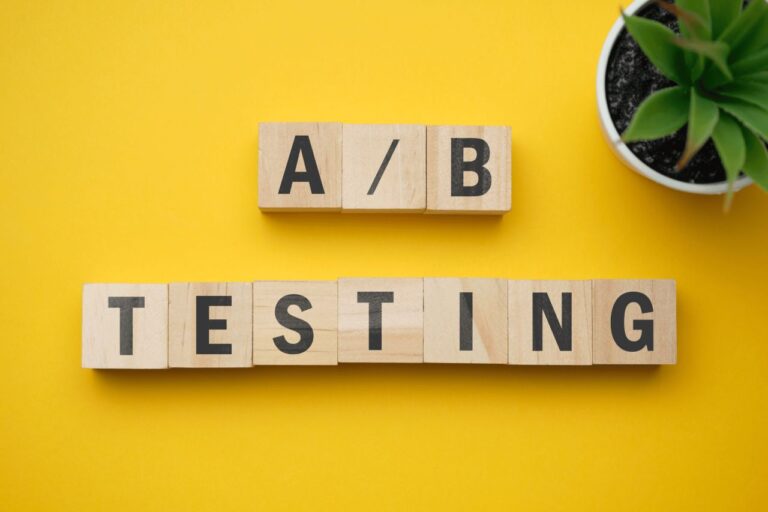
Integrating Psychology into PPC Campaigns
In the realm of PPC advertising, understanding the psychology behind effective CTAs is crucial for maximizing campaign performance and return on investment (ROI). From search ads to display ads and social media campaigns, CTAs serve as the final touchpoint that compels users to take action.
In PPC campaigns, the relevance and alignment between the ad copy, landing page, and CTA button are paramount. A seamless transition from the ad to the landing page, coupled with a clear and compelling CTA, increases the likelihood of conversion. Additionally, leveraging dynamic keyword insertion (DKI) in ad copy and CTAs can enhance personalization and relevance, further increasing engagement and conversions.
Furthermore, optimizing landing pages for mobile responsiveness and load speed is essential for ensuring a positive user experience and maximizing conversion rates. Mobile users have different browsing behaviors and preferences, so it’s important to design CTAs that are easy to tap and interact with on small screens.

Psychology-Driven Website Development Practices
In website development, the placement, design, and messaging of CTAs play a critical role in guiding user behavior and achieving desired outcomes. By incorporating psychology-driven design principles, developers can create CTAs that resonate with users and drive conversions.
For example, implementing Hick’s Law, which states that the time it takes for a person to make a decision increases with the number of choices available, can help streamline the user experience and reduce decision fatigue. Limiting the number of CTAs on a page and prioritizing the most important actions can increase clarity and focus, leading to higher conversion rates.
Similarly, employing the principle of cognitive fluency, which suggests that people prefer things that are easy to understand and process, can inform the design and messaging of CTAs. Using clear and concise language, avoiding jargon, and minimizing cognitive load can make CTAs more compelling and intuitive, increasing the likelihood of action.

Conclusion

Effective CTA buttons are more than just visually appealing design elements – they’re powerful psychological triggers that influence user behavior and drive conversions. By understanding the psychology behind effective CTAs and integrating these insights into PPC campaigns and website development practices, marketers can create compelling CTAs that resonate with their audience and achieve their marketing objectives. From leveraging color psychology and persuasive language techniques to conducting A/B testing and optimization, mastering the art of the CTA button is key to success in the digital marketing landscape.


